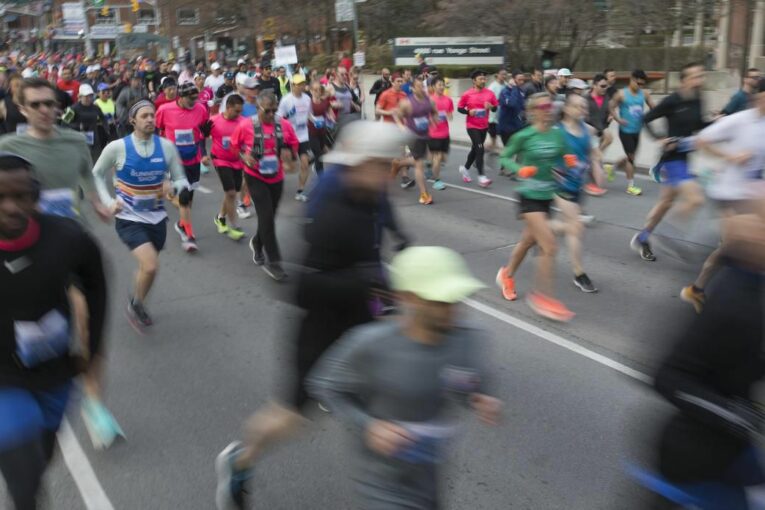
.
6:27 a.m. A rapidly spreading variant and close, indoor quarters are likely factors that have led to cruise ship passengers testing positive for COVID-19 in recent weeks, according to the CDC.
A spokesman for the Centers for Disease Control and Prevention said most cases have not been severe.
“The vast majority of cases did not have severe outcomes, with only one COVID-19 hospitalization reported” in the outbreak on the Ruby Princess, which is still under investigation, said CDC spokesman Nick Spinelli.
And avid cruisers aren’t likely to give up the ocean-going travel freedom they lost for so many months during the pandemic.
A robust 2022 cruise schedule remains unchanged at the Port of Los Angeles, a port spokesman said.
6:26 a.m. Shanghai reported fewer than 10,000 COVID-19 cases for a second day, adding to cautious signs the financial hub’s outbreak is starting to ease as Beijing imposed a raft of new restrictions aimed at avoiding a similar crisis in the capital.
Shanghai — home to 25 million people — reported 7,333 new cases for Sunday, down from 7,872 on Saturday. On Sunday, city authorities clarified their threshold for zero community spread, saying six districts “basically” met this criteria and can enjoy less restrictive measures.
However, in Beijing, which reported 41 new cases for Sunday compared with 59 cases on Saturday, authorities are clamping down to ensure the Labour Day holiday period doesn’t spark a wider outbreak. The city has closed gyms and cinemas and banned dining-in at restaurants during the holiday, which runs through Wednesday. Parks and open entertainment venues will operate at 50% capacity.
After the holiday ends, students and workers will need to get a negative COVID test within 48 hours to be able to return to school and work. Residents will have to get a negative result within seven days to catch public transport and enter public venues, and everyone in the city of about 22 million people will then need to be tested weekly.
Beijing authorities announced a new round of mass testing in 12 districts, starting on May 3, during a press briefing Monday. Since April 22, Beijing has reported a total of 400 COVID cases across 14 districts, according to the city government.
6:25 a.m.: Canadian government data shows young adults lag other age groups in getting boosted. About 35 per cent of people between 18 and 29 have received a third dose. That goes up to 42 per cent for 30- to 39-year-olds. On average, 72 per cent of Canadians 40 and older have received theirs.
A Calgary-based doctor who has studied vaccine hesitancy says he is not surprised young adults are behind.
“Even before the booster, with the second and the first dose, we did see much lower uptake in the 25 (group) compared to the 65-plus community,” says Dr. Jia Hu, who leads a group that advises on how to increase uptake.
Hu is the CEO of 19 to Zero, made up of doctors, nurses, economists and other experts, who aim to help governments, companies and communities across Canada build trust in vaccines.
“One thing that allowed us to get vaccine uptake rates higher in the 30-range was vaccine mandates, because I don’t think there’s hesitancy in this population (about the shots themselves),” Hu says. “In that age group, people are less concerned about COVID causing severe illness. Mandates let them live life again.”
Read the full story from The Canadian Press.
You can read more of the news on source



